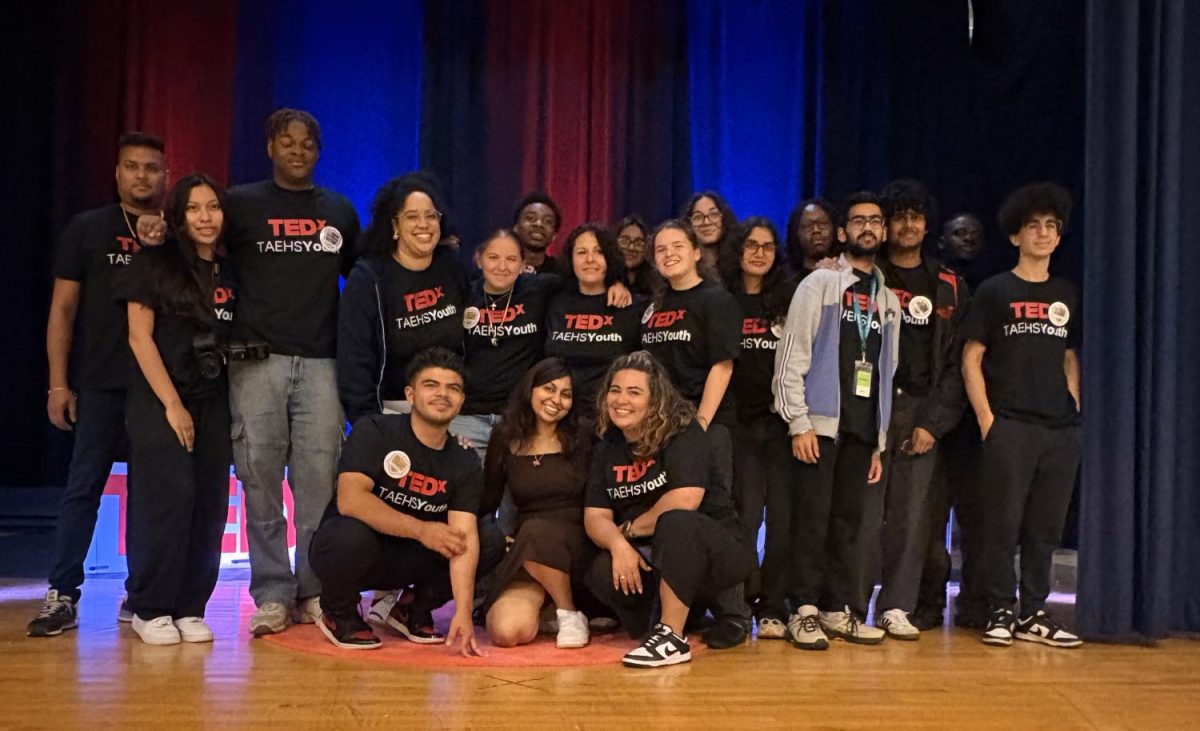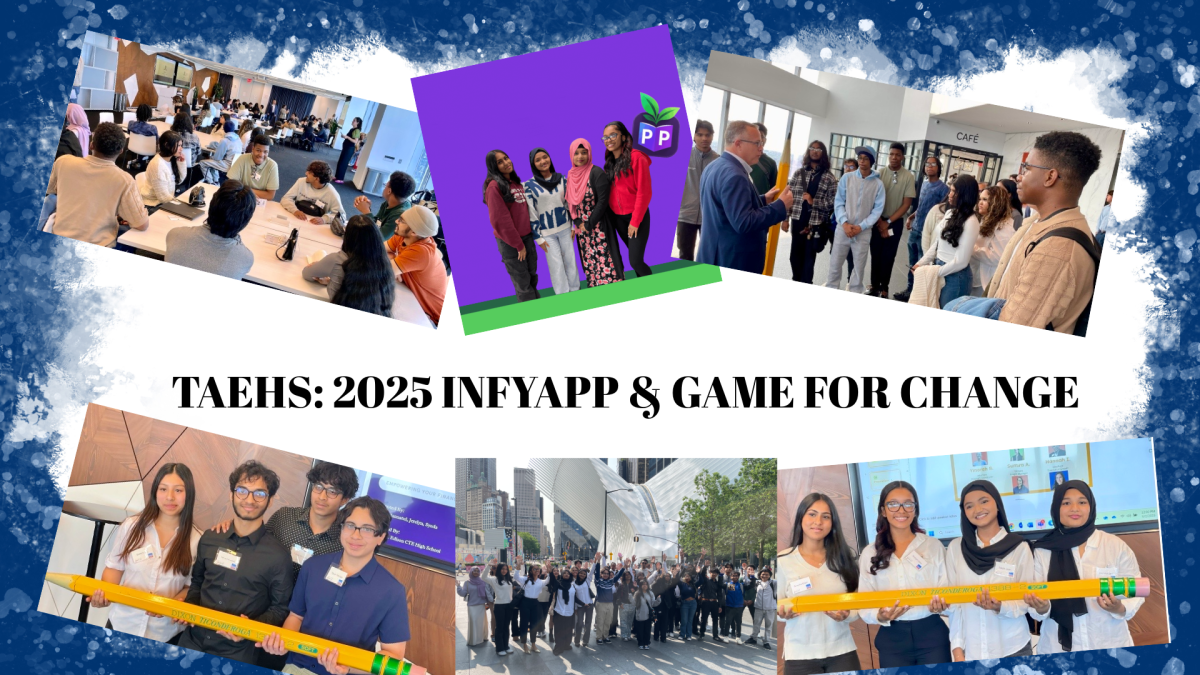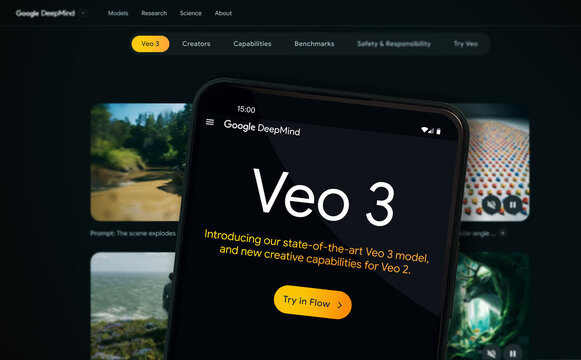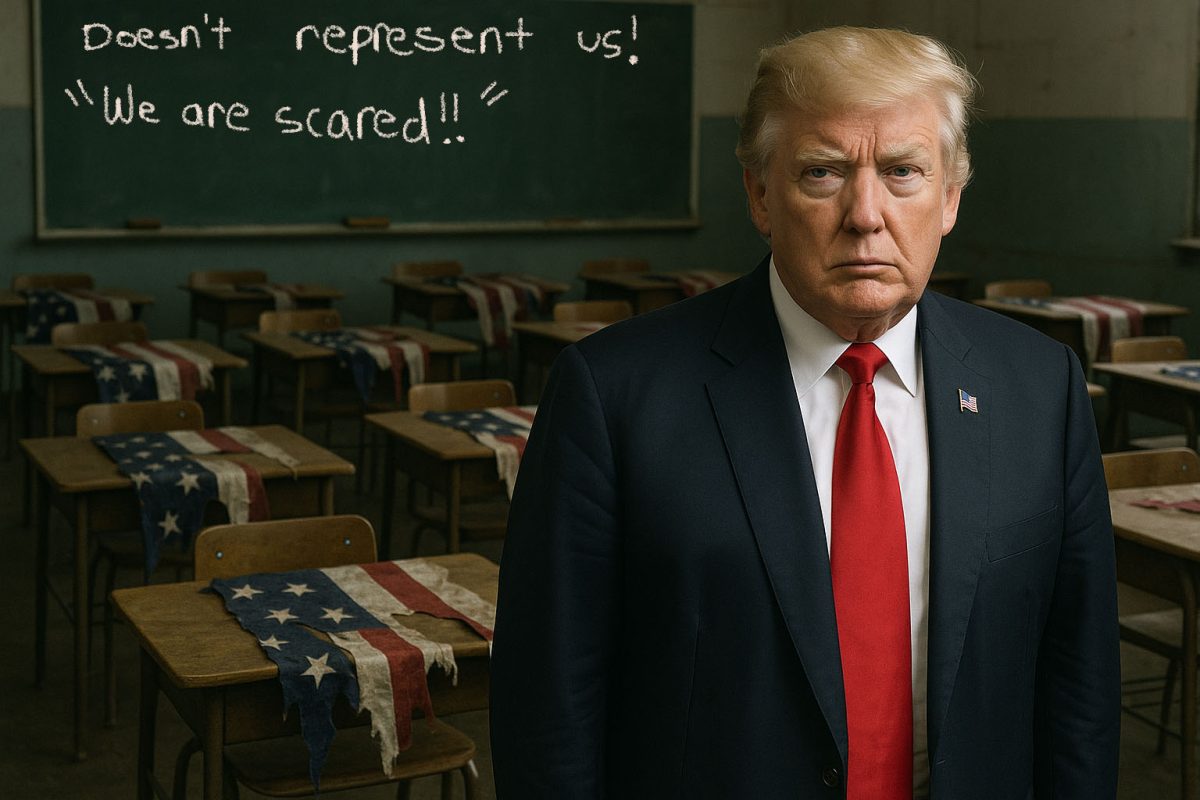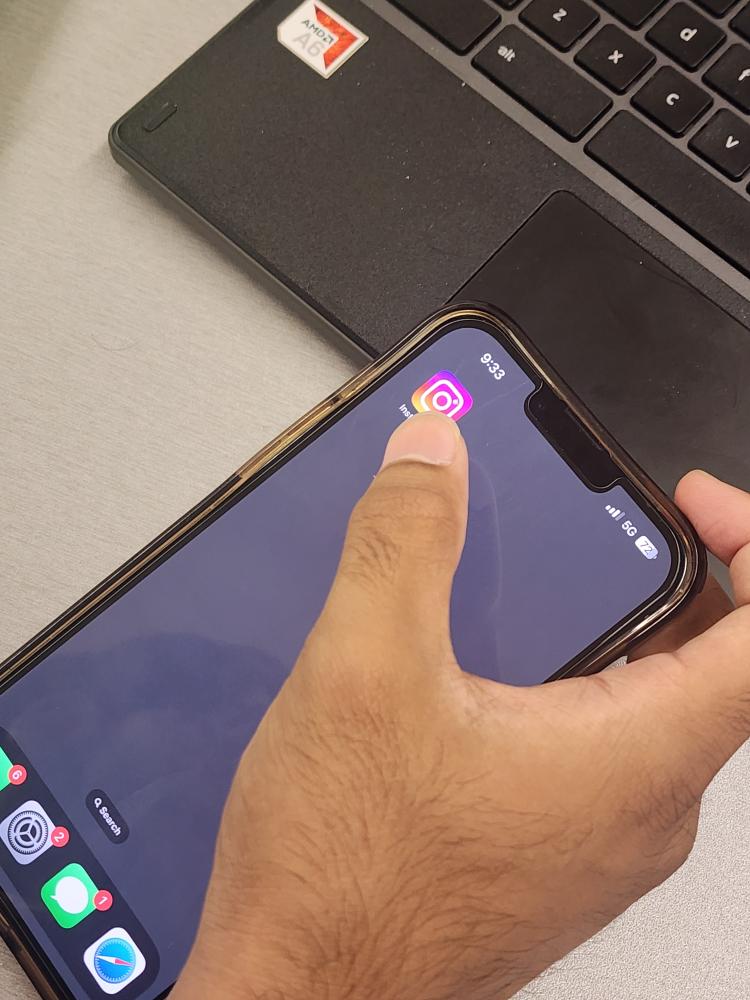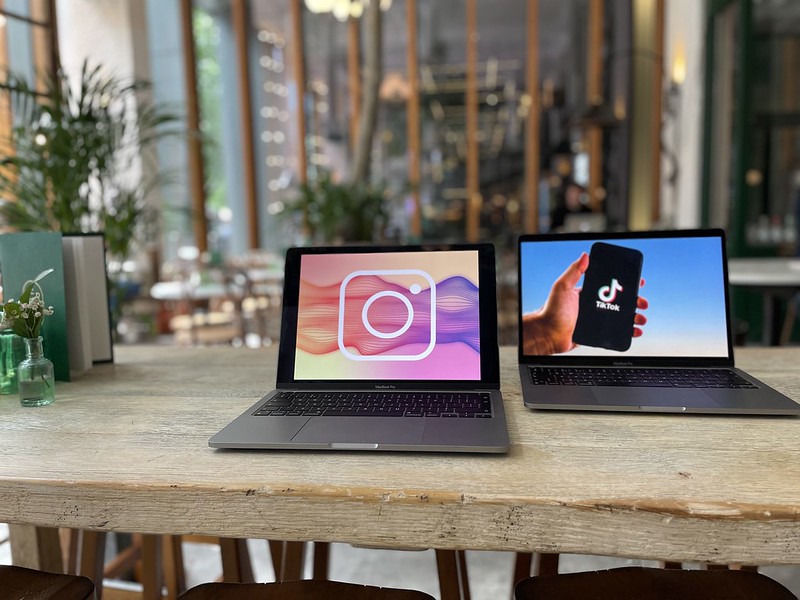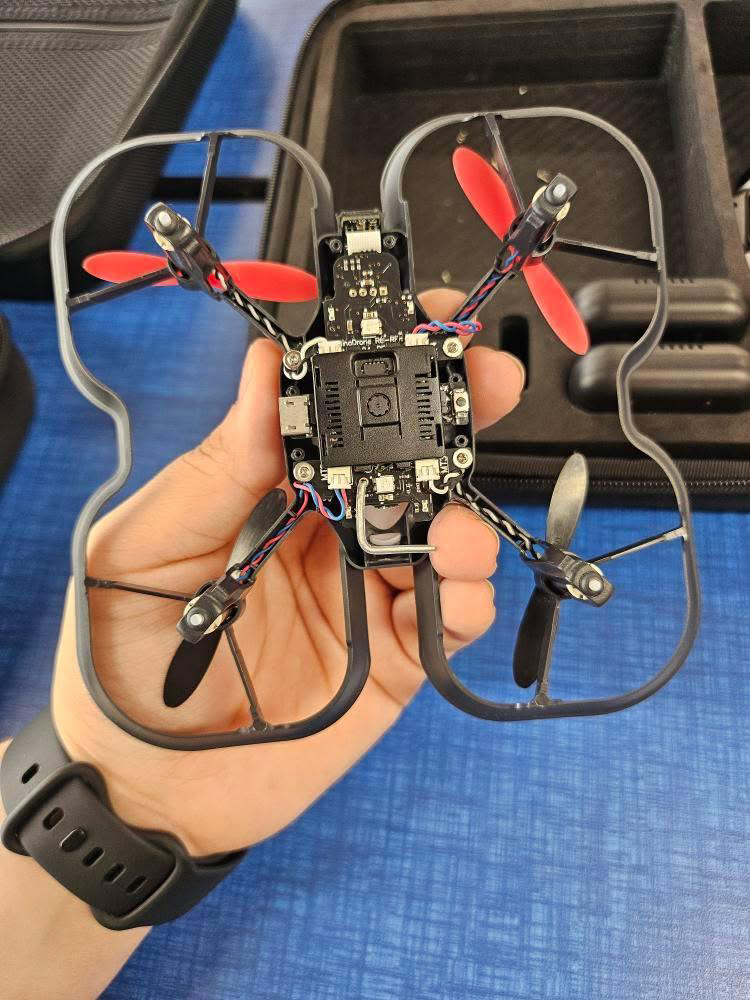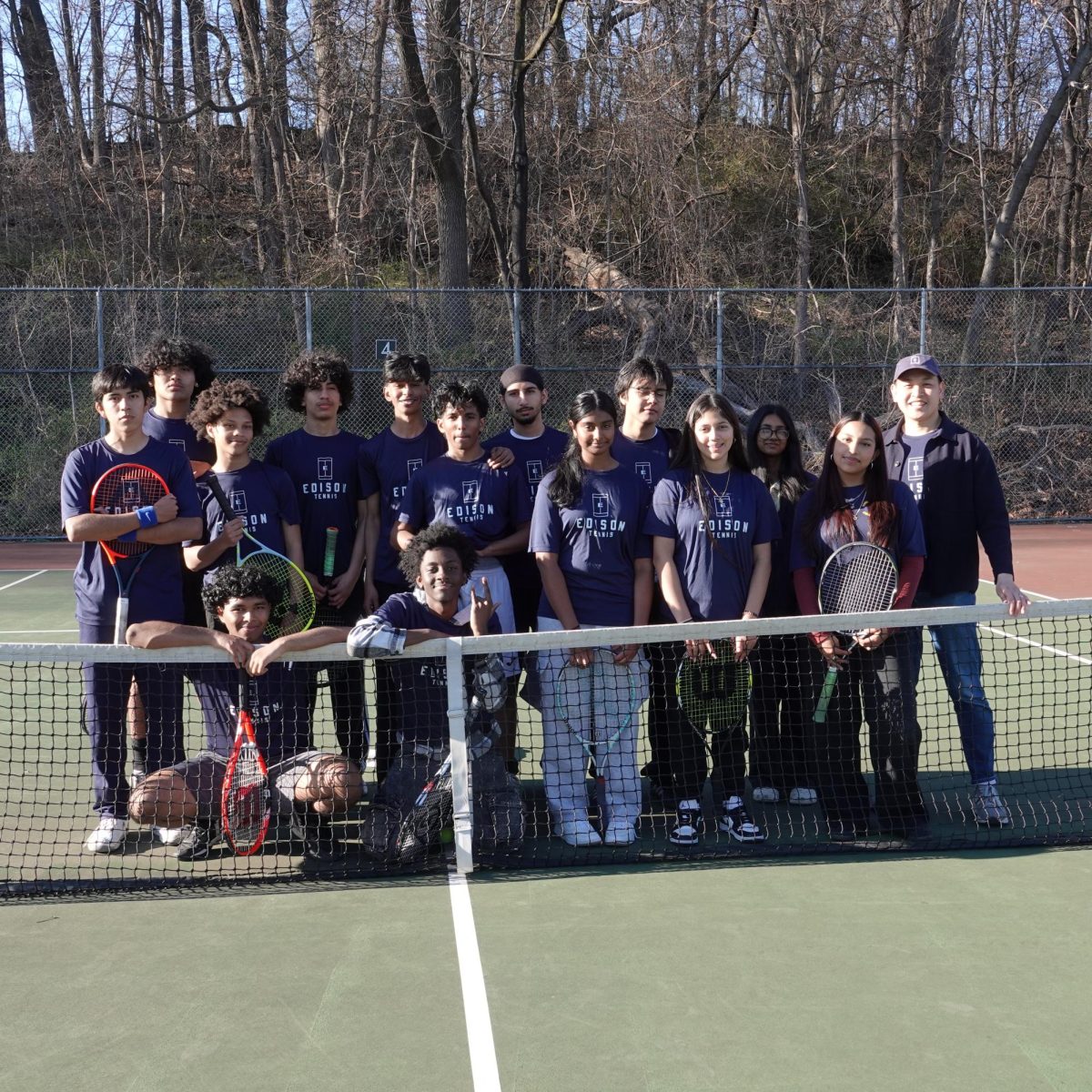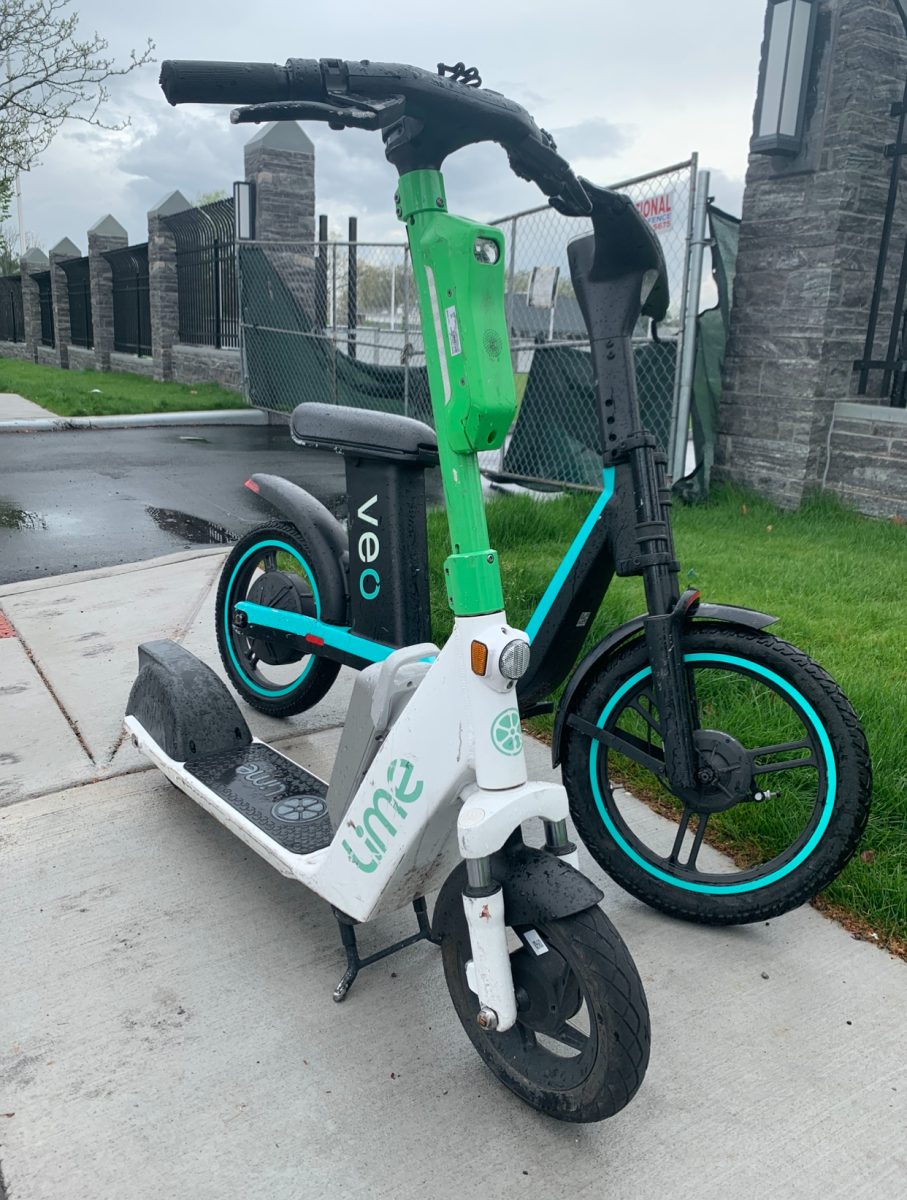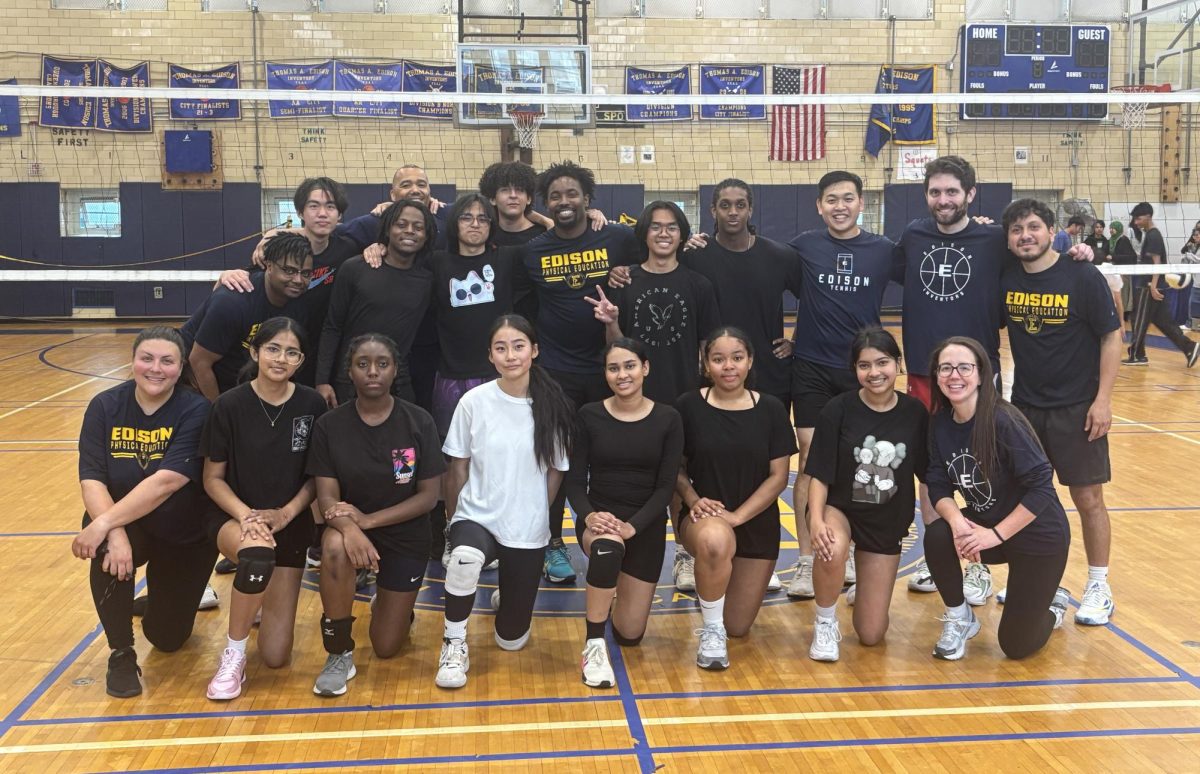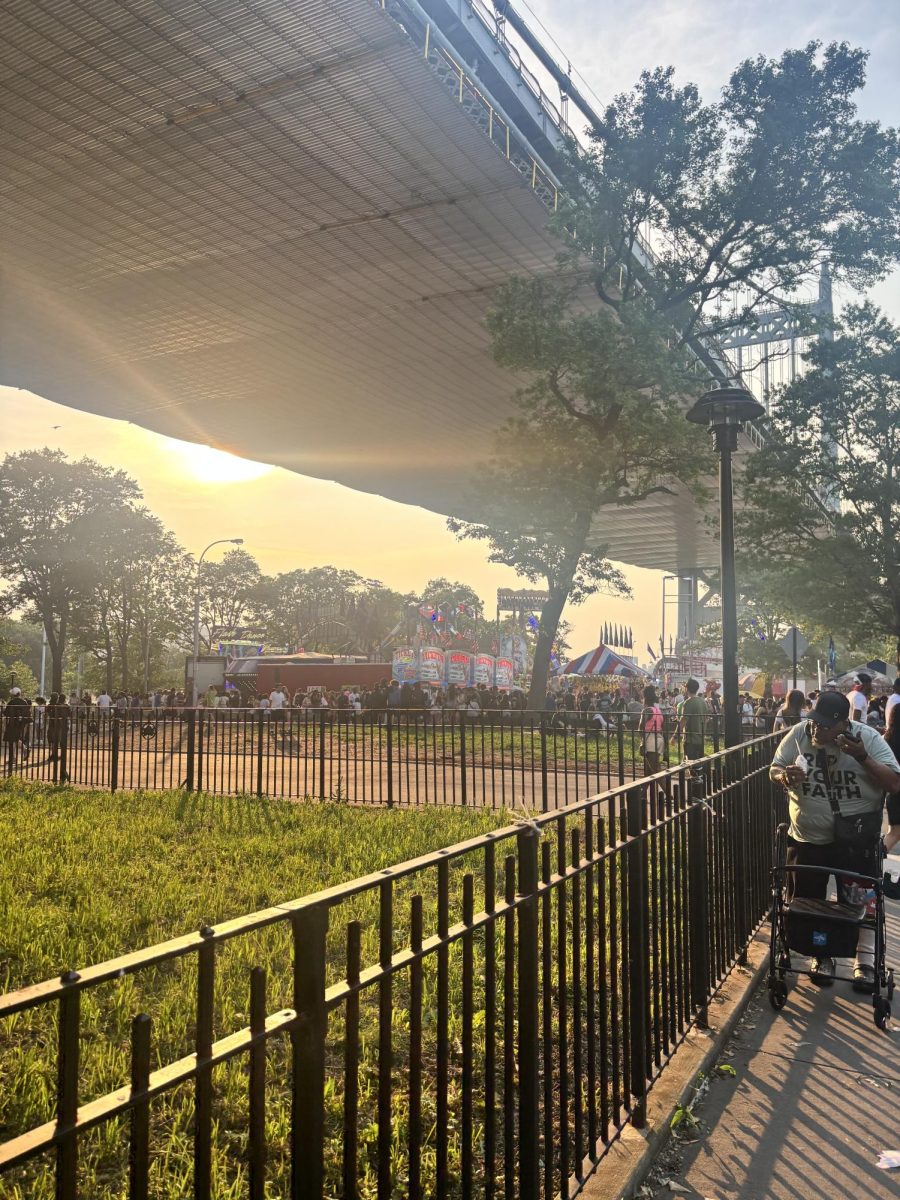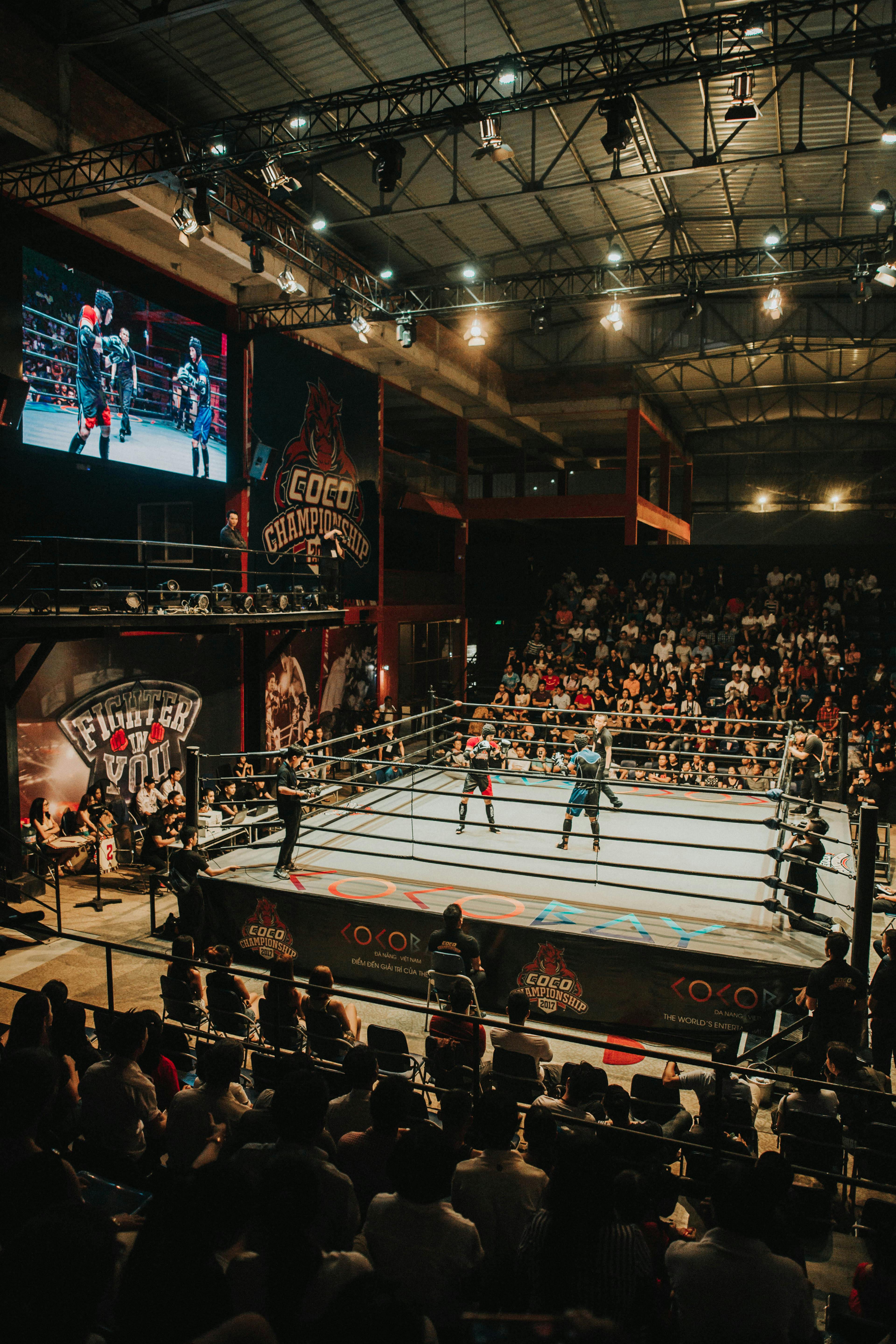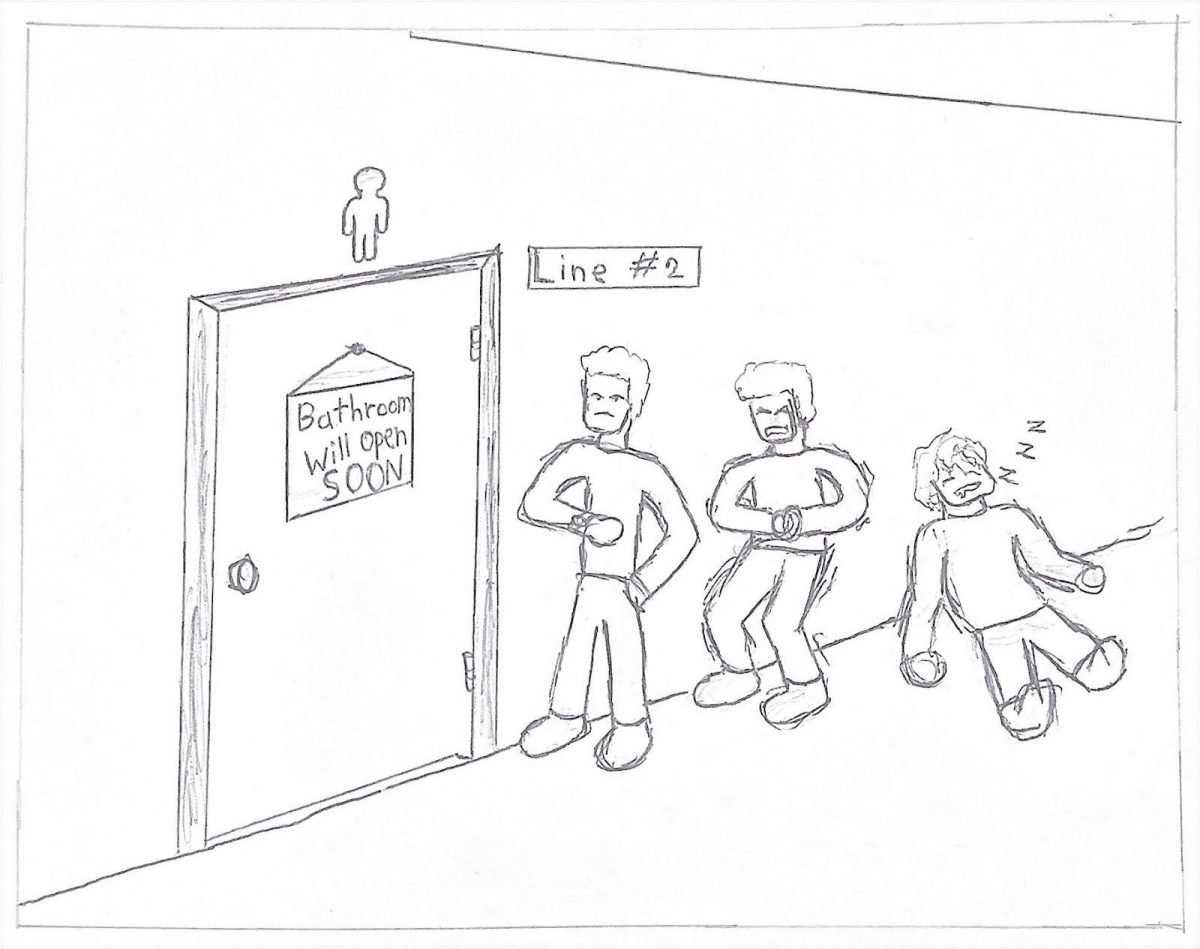In the world of sports entertainment, Pay-Per-View (PPV) events have long been the pinnacle of excitement. Whether it’s the adrenaline-fueled clashes of UFC or the strategic battles of boxing, PPV offers viewers a front-row seat to some of the most electrifying moments in sports. These events, often hyped for weeks and months in advance, draw in millions of viewers worldwide, all eager to witness the spectacle unfold from the comfort of their own homes.
“I love watching boxing, but I can’t justify spending $80 or more every time there’s a big fight,” said Hamza Ahmed.
However, as these events continue to rise in popularity, so too does their price tag. With each passing event, it seems fans are shelling out more and more cash to catch the action, leaving many wondering: are we pricing out the very people who make these events possible? The allure of PPV is undeniable, but for many, the rising costs are starting to put a strain on their wallets.
“It’s frustrating to see how much money these companies are making off of PPV, especially when there are so many barriers to access for fans,” said Caleb Pierre.
With prices being so high, many fans are starting to feel as if they are being exploited for their money, and that it is not all about profit, instead of the true love for the sport.
“I understand they need to make a profit, but there has to be a better way to balance that with making the sport accessible to everyone. It feels like they’re prioritizing profits over the fans,” said Tejbir Singh.
Fans believe that the increase in prices is not fair to the fans who enjoy watching these events and have no other way of viewing these showcases without having to pay the high fee.
“It’s pricing out a lot of younger fans who don’t have the disposable income to keep up,” said Mohammed Fahad.
These sentiments are reflective of a broader trend among sports fans, many of whom are feeling the squeeze of rising living costs and stagnant wages. As PPV prices continue to climb, it’s becoming increasingly difficult for the average person to justify splurging on these events, no matter how much they love the sport. It begs the question: are PPV events becoming a luxury reserved only for the affluent?
“At the end of the day, it’s the fans who make these events special. If we’re priced out, then what’s the point?” said Pierre.
But it’s not just the financial burden that’s weighing on fans’ minds. There’s also a growing sense of disillusionment with the way PPV events are marketed and distributed. With the rise of streaming services and online piracy, many fans feel as though they’re being forced to jump through hoops or resort to illegal means in order to access the content they love. This frustration is only exacerbated by the exorbitant prices they’re expected to pay.
“I know many people who go through many different shady websites, trying to find any that work where they can see the events without paying for PPV,” said Singh.
These sentiments highlight a fundamental tension within the world of sports entertainment: the delicate balance between profitability and accessibility. While PPV events undoubtedly generate significant revenue for promoters and organizers, they also run the risk of alienating a sizable portion of their fan base in the process. Finding a solution that satisfies both the bottom line and the needs of fans is no easy task, but it’s one that’s becoming increasingly urgent as discontent continues to simmer.
“We’ll have to see if they fix this worsening issue or if they’ll keep being careless towards how much they are charging their fans,” said Ahmed.
In the end, the fate of PPV events may hinge on the ability of organizers to strike a balance between profitability and accessibility. Only time will tell whether they’re able to rise to the challenge, or if they’ll find themselves on the wrong side of history as fans increasingly opt out of the PPV experience altogether.

